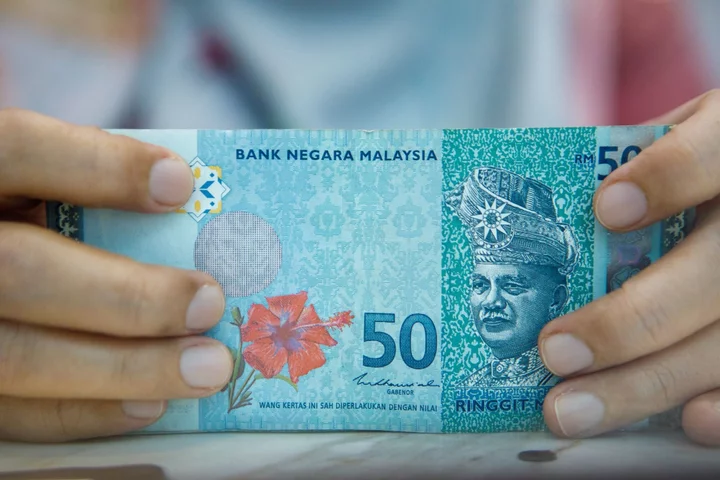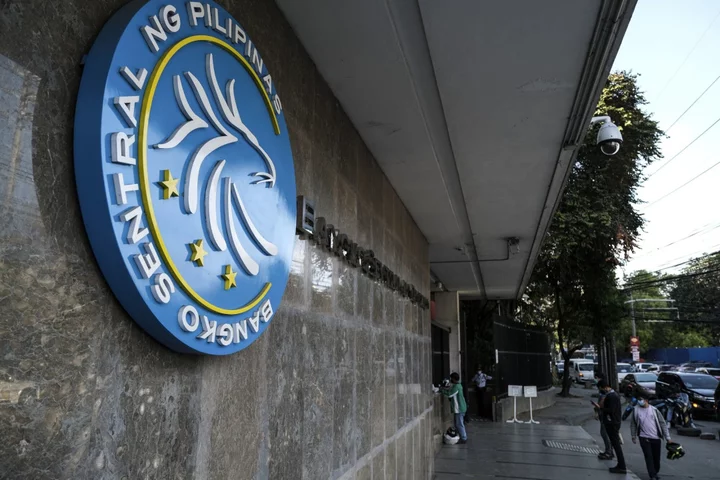The Malaysian ringgit fell to its lowest level since the Asian Financial Crisis as the currency was weighed by the dollar’s rise and a widening rate differential with the US.
The currency dropped by 0.3% to 4.7635 per dollar, the weakest since 1998. It’s the worst performer in Asia this year after the yen.
The latest bout of losses come as the dollar gains on haven demand amid concerns over the Israel-Hamas war. The Southeast Asian country also posted six straight months of decline in exports through August, partly due to a slowdown in China, its largest trading partner. September export figures are due noon local time on Thursday.
Bank Negara Malaysia’s decision to pause interest-rate hikes since July is also adding headwinds for the currency as global central banks sound hawkish. That’s put the local overnight policy rate at a record discount relative to the upper bound of the Fed fund rate.
Ringgit underperformance has been due to “real rate spreads that could turn a lot more unfavorable, especially as the subsidy rollback hits inflation and reveals softer real policy rates,” said Vishnu Varathan, head of economics and strategy at Mizuho Bank Ltd. in Singapore. Policymakers face a trade off between economic headwinds from higher rates, or the risk of not responding and endangering macro and ringgit stability, he added.
(Updates with a comment in final paragraph.)









